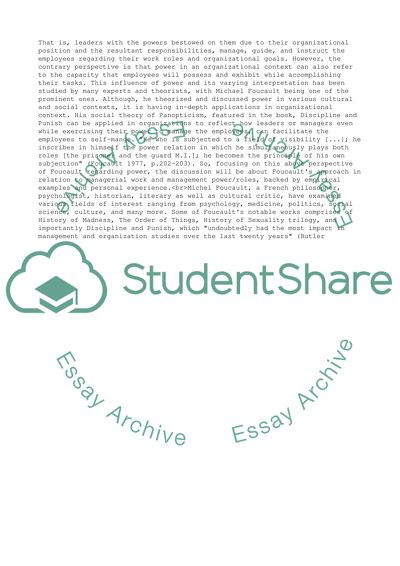Cite this document
(Managing Essay Example | Topics and Well Written Essays - 2500 words, n.d.)
Managing Essay Example | Topics and Well Written Essays - 2500 words. https://studentshare.org/management/1872843-managing
Managing Essay Example | Topics and Well Written Essays - 2500 words. https://studentshare.org/management/1872843-managing
(Managing Essay Example | Topics and Well Written Essays - 2500 Words)
Managing Essay Example | Topics and Well Written Essays - 2500 Words. https://studentshare.org/management/1872843-managing.
Managing Essay Example | Topics and Well Written Essays - 2500 Words. https://studentshare.org/management/1872843-managing.
“Managing Essay Example | Topics and Well Written Essays - 2500 Words”. https://studentshare.org/management/1872843-managing.


